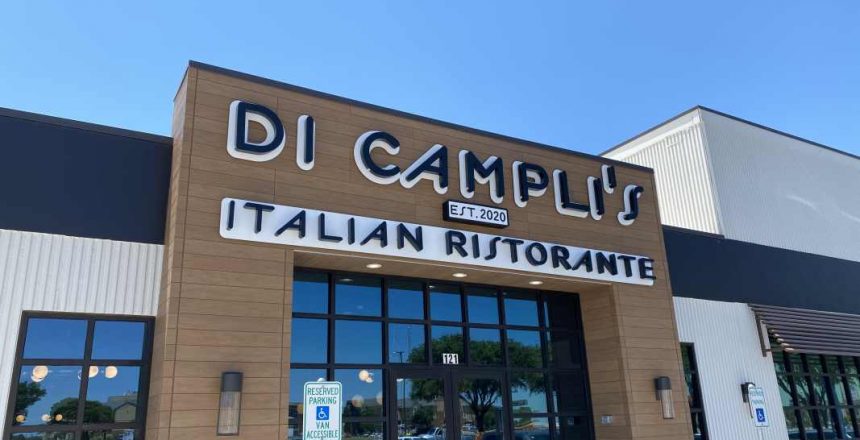Starting a new or acquiring an existing restaurant is an enormous undertaking. There are several steps you must take in order to begin the venture, and to have a successful opening. Months and months of careful planning are essential.
Defining the Restaurant Concept
The restaurant concept or theme is essentially the image you want to convey to the public. But before you can even begin the process you must decide on the concept. During the early stages, some of the specifics of the restaurant concept will be tentative. However, once you have identified a potential location and worked through some of the financial and operational issues, you may need to make modification to the concept. Nevertheless, it is still necessary to develop a working idea of the restaurant concept so that you can begin determining the requirements for starting the operation.
Many of the decisions that must be made when starting a restaurant will be driven by your initial decision about the restaurant’s concept. Defining the concept includes determining the operations:
1.Menu
2. Atmosphere
3. Prices
4. Target customers
The Menu
Although the concept is more than just the food served to most observers, the menu is the shortcut way to describe the concept. It certainly is the most important element to consider when developing a potential restaurant’s concept.
At the early stages, it is not necessary to determine a precise menu or recipes, however, a general idea of the menu is necessary so that the restaurateur can evaluate the following:
1. Potential competitors. The number of restaurants offering similar menus will be an important aspect of selecting a location.
2. Sources of supply. This is especially important if the proposed menu requires special or hard to find ingredients.
3. Equipment or layout requirements. Kitchen equipment needs will vary depending on the concept. For example, the equipment required to serve Mexican food differs substantially from the requirements of a steakhouse.
4. Special personnel skills. Some menu items must be prepared by specially skilled kitchen personnel.
The Atmosphere
A restaurant’s atmosphere, such as formal or casual, is another important element of the overall concept that must be considered when making start-up decisions. Some of the issues related to atmosphere include:
1. Design elements. Typically, atmosphere is reflected throughout a restaurant by its furnishings, china, glassware, servers’ uniforms, and menu style. Accordingly, the atmosphere may dictate the type and expense of various items.
2. Special personnel skills. In some cases, the atmosphere may dictate that employees with special skills must be hired. For example, you may need special servers to serve some items that require table side preparation.
In most cases, the specific decisions relating to restaurant atmosphere, such as furniture or china purchases, can be deferred until after the site is selected. However, the intended design of the operation may have a bearing when considering the suitability of a potential site, which we will discuss later.
Prices
A restaurant’s price structure is affected by its menu and its atmosphere. Generally, however, specific prices are not considered until the restaurant has established the final menu.


